By YUICHIRO YONEDA/ Staff Writer
August 12, 2022 at 16:34 JST
Medical experts fear the emergency health care system, already facing a record-setting crunch in the seventh wave of novel coronavirus infections, could be strained further during the Bon holiday period.
As COVID-19 continues to spread around Japan, hospital beds are filling up and more infected people are calling ambulances, even if they are suffering from only minor symptoms.
During the Bon holidays, which started on Aug. 11, clinics and hospital outpatient services for fevers will be closed. Many people who believe they have been infected will likely call ambulances for treatment instead.
Medical-related associations have called on the public to “use ambulances appropriately.” But demand for emergency services shows no signs of slowing down.
COVID-19 TESTS IN AMBULANCES
Three ambulances were parked outside Heisei Tateishi Hospital in Tokyo’s Katsushika Ward on the evening of Aug. 5.
The hospital does not accept feverish patients to prevent a possible spread of the novel coronavirus inside. So the patients in the ambulances had to take COVID-19 tests and wait in the vehicles for around one hour for the results.
A positive test result would allow the patient to enter the hospital because it is designated by the Tokyo metropolitan government as a “secondary emergency medical institution” for COVID-19 patients.
The number of requests to the hospital to accept ambulance patients soared from mid-July after Japan had entered the seventh wave of infections.
The hospital normally accepts 20 to 30 patients from ambulances a day. The number is now around 40.
On July 28 alone, the hospital allowed 61 ambulance patients to enter for COVID-19 treatment.
Almost 80 percent of the patients who use the hospital’s emergency outpatient department have fevers and could be infected with the novel coronavirus or be suffering from heatstroke.
However, most of them have minor symptoms, and only a small number actually require hospitalization.
Most requests for ambulance services are made at night, when clinics in town centers or fever outpatient services at hospitals are closed.
Heisei Tateishi Hospital has received requests to accept patients from ambulances in various areas of Tokyo, including those outside the 23 wards of the capital. One request came from Kodaira city, which is around 30 kilometers from the hospital.
“We hospitalize around 10 COVID-19 patients a day,” said Shuichi Osawa, head of the hospital. “Most of the people (who arrive by ambulance) suffer from minor symptoms and can go home after receiving a diagnosis. We are an emergency hospital, but we effectively operate as a fever outpatient service.”
WAITING FOR TREATMENT
The emergency department of the Center Hospital of the National Center for Global Health and Medicine in Tokyo’s Shinjuku Ward recently tweeted a video showing a row of ambulances queued outside the hospital.
Hospital officials said its three emergency treatment booths for COVID-19 patients are always filled, so people must take COVID-19 tests inside the ambulances.
According to the Fire and Disaster Management Agency, ambulances could not immediately find available hospital emergency care for 6,589 patients in the week from Aug. 1 to 7, a record high for the second consecutive week.
In one case in the area covered by the Tokyo Fire Department, a COVID-19 patient had to wait in an ambulance for a record 35 hours and 47 minutes before he arrived at a hospital that could treat him.
‘DISASTER-LEVEL SITUATION’
Referring to the pressure on hospitals and emergency services, four associations of academics in medicine, including the Japanese Association for Acute Medicine, issued a joint statement on how to efficiently use the limited medical resources.
It advised the public to call ambulances only when they are showing more serious COVID-19 symptoms, such as pale skin or shortness of breath.
Osawa at Heisei Tateishi Hospital expressed his concerns about the Bon holidays.
“Even now, we have too many patients, and it’s like a disaster-level situation,” he said. “Only a small number of hospitals in Tokyo accept COVID-19 patients, and no hospital has extra capacity.”


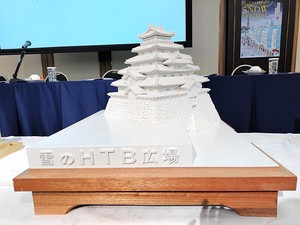
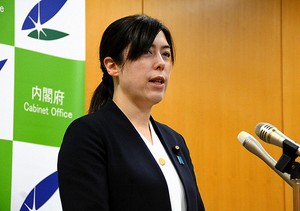

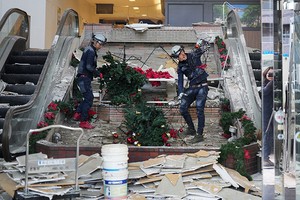
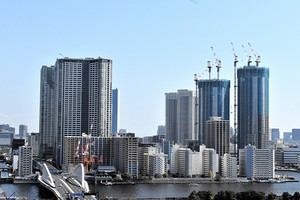

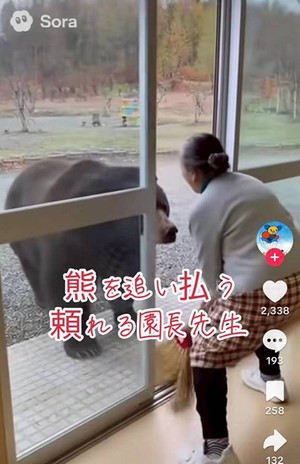
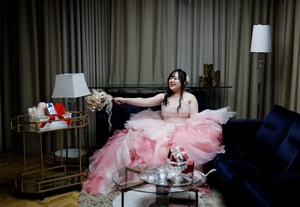








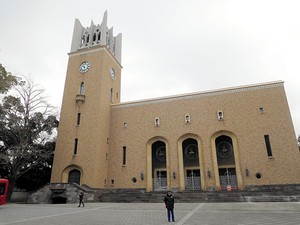

A peek through the music industry’s curtain at the producers who harnessed social media to help their idols go global.
A series based on diplomatic documents declassified by Japan’s Foreign Ministry
Here is a collection of first-hand accounts by “hibakusha” atomic bomb survivors.
Cooking experts, chefs and others involved in the field of food introduce their special recipes intertwined with their paths in life.
A series about Japanese-Americans and their memories of World War II